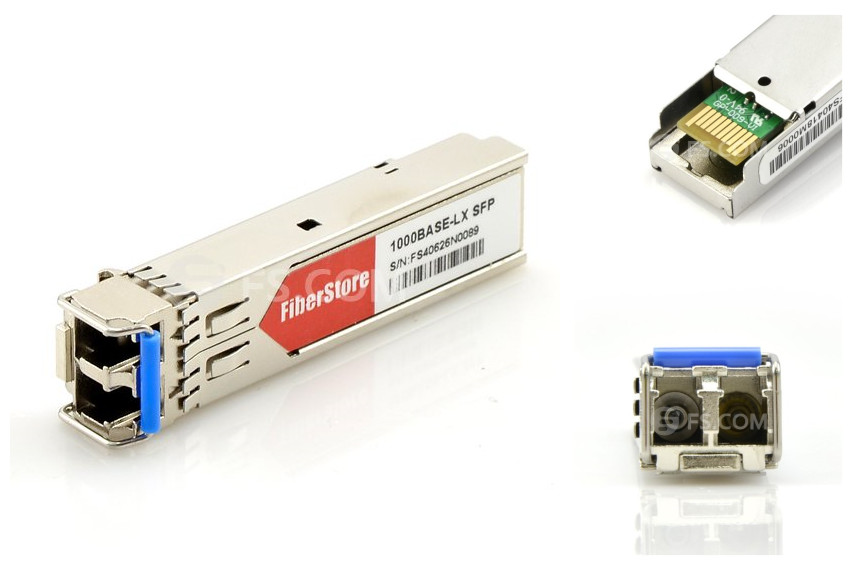In the past years, to meet the growing bandwidth needs, data center technologies and cabling structures have changed a lot. High density apparently becomes the trend. Data center has to install more and more fiber optic jumper cables in a given space, which makes cable management a more and more difficult problem. New products and technologies are applied to achieve high density in data centers. To find an easy-to-manage and space-saving method for high density cabling becomes an urgent issue for data center managers. In this post, a favorable high density fiber cabling solution—LC uniboot fiber patch cable, which is born to solve problems during high density cabling, will be introduced.
LC Uniboot Fiber Patch Cable vs Standard LC Fiber Patch Cable
LC fiber optic connector can offer higher density and performance in many different environments compared to other types of fiber optic connectors, which makes it a more popular choice for many applications. That is why uniboot fiber patch cables terminated with specially designed LC fiber optic connectors have been invented. With its unique structure, LC uniboot fiber patch cable has more advantages over traditional LC to LC cable in high density cabling environments. Differences between LC uniboot fiber patch cables and standard LC fiber patch cables are noticeable. The following picture shows an LC uniboot fiber patch cable (left) and a standard LC fiber patch cable (right) separately.
Less Cable Count to Cut Space Requirements
A traditional LC duplex fiber patch cable usually uses a two-cable design with two fibers separately enclosed in two different cables, and it is terminated on each end with a standard duplex LC fiber optic connector. LC uniboot fiber patch cable uses only one cable even it has two fibers. It has a single boot at the back of the duplex LC fiber optic connector. Two fibers for duplex transmission are firmly enclosed in a single cable, which can cut down the cable count up to 50% compared with traditional LC duplex fiber patch cords. Space requirements of data center cabling can be reduced significantly by LC uniboot fiber patch cables.
Easier Polarity Reversal to Increase Efficiency
For LC duplex fiber patch cables, polarity change can be really inconvenient, especially in high density cabling environments like data centers. Additional tools and fiber cable re-termination are usually required to change polarity of traditional LC duplex fiber patch cables, which wastes both time and money. And sometimes, improper handling could result in various faults. But the polarity reversal for LC uniboot fiber patch cables is much easier, which can be easily changed by several simple steps without additional tools. Currently, there are several different versions of LC uniboot fiber patch cables, and the polarity reversals of them might differ from each other. Two commonly used versions of LC uniboot fiber patch cables polarity reversal steps are shown in the following picture.
Special Feature to Achieve More Possibilities
With LC uniboot fiber patch cables, fiber optic network design can be more flexible without worrying about spaces and polarity problems. Other than space-saving and easy polarity reversal, LC uniboot fiber patch cable can also achieve more possibilities with its great features. Fiber optic cabling provides faster speeds with reliable quality, which saves a lot of time and money. And, the design and improvement of uniboot fiber patch cables have never stopped. LC uniboot fiber patch cable with push-plug tab has already been available in the market. This little change can make easier finger access and quicker latch release available, and it can also help to connect or disconnect a single fiber patch cable without affecting other surrounding links.
Conclusion
LC uniboot fiber patch cable can help solve problems in high density cable management with high efficiency. It is a more favorable solution compared to standard LC fiber patch cable. LC uniboot fiber patch cable can cut down fiber cabling spaces up to 50% and provide much easier polarity reversal solution. Different kinds of LC uniboot fiber patch cables are available for your applications, such as different cable lengths, different fibers and different cable jackets. You can choose the right one for your needs.






















